Are you familiar with the teacher of machine learning?
Dataconomy
JUNE 29, 2023
Some machine learning packages focus specifically on deep learning, which is a subset of machine learning that deals with neural networks and complex, hierarchical representations of data. Let’s explore some of the best Python machine learning packages and understand their features and applications.

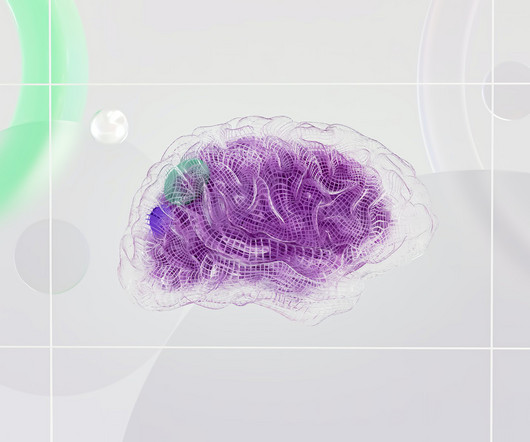

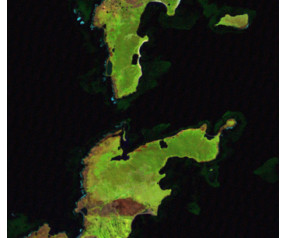
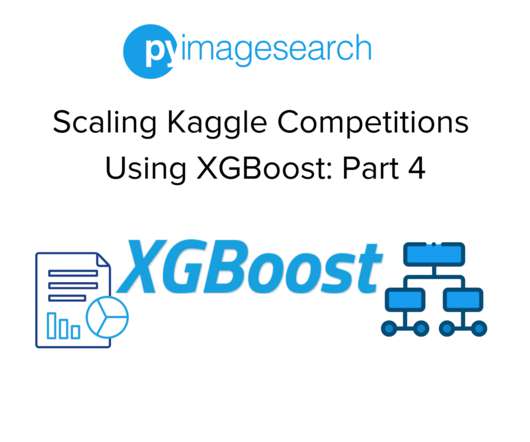

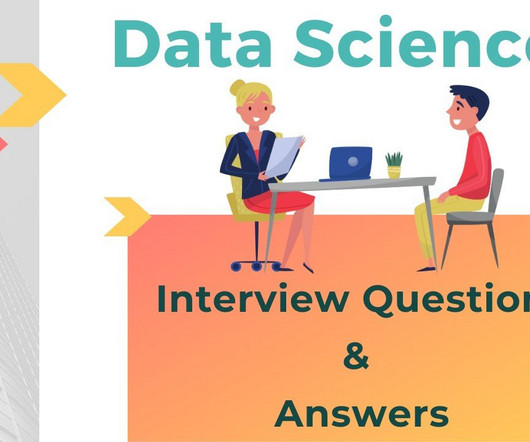
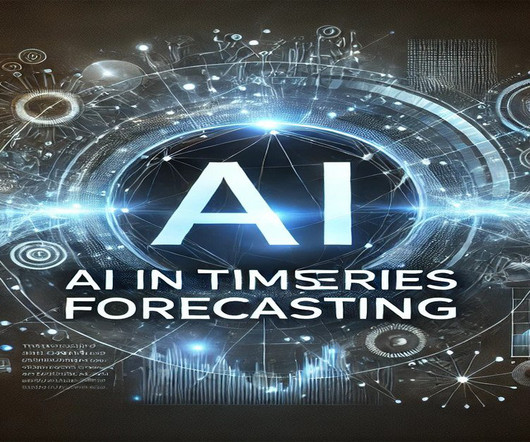
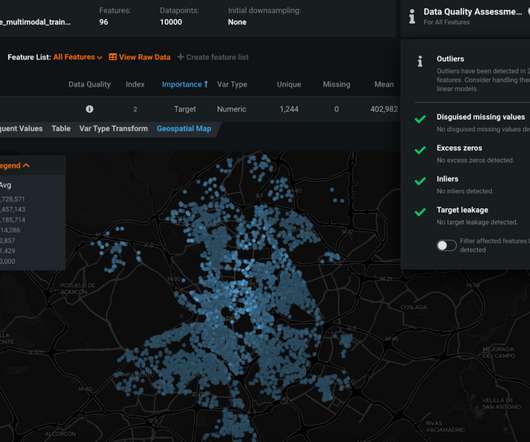
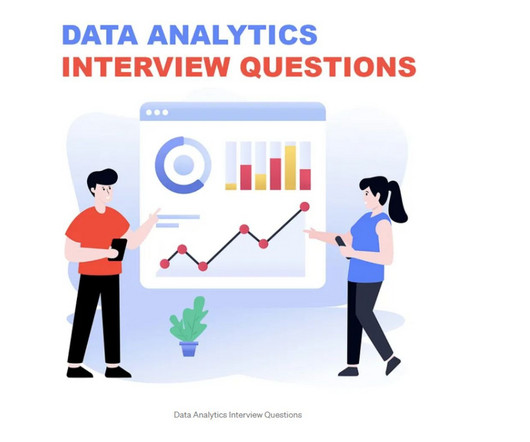


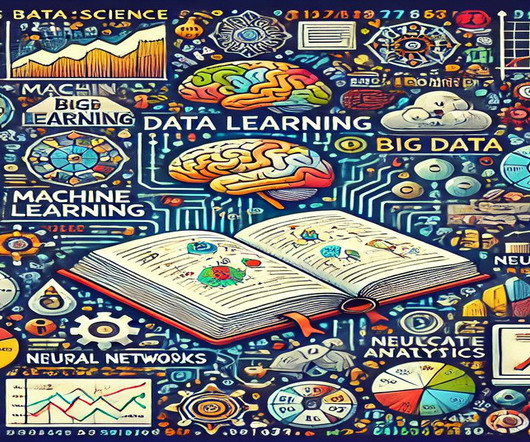






Let's personalize your content